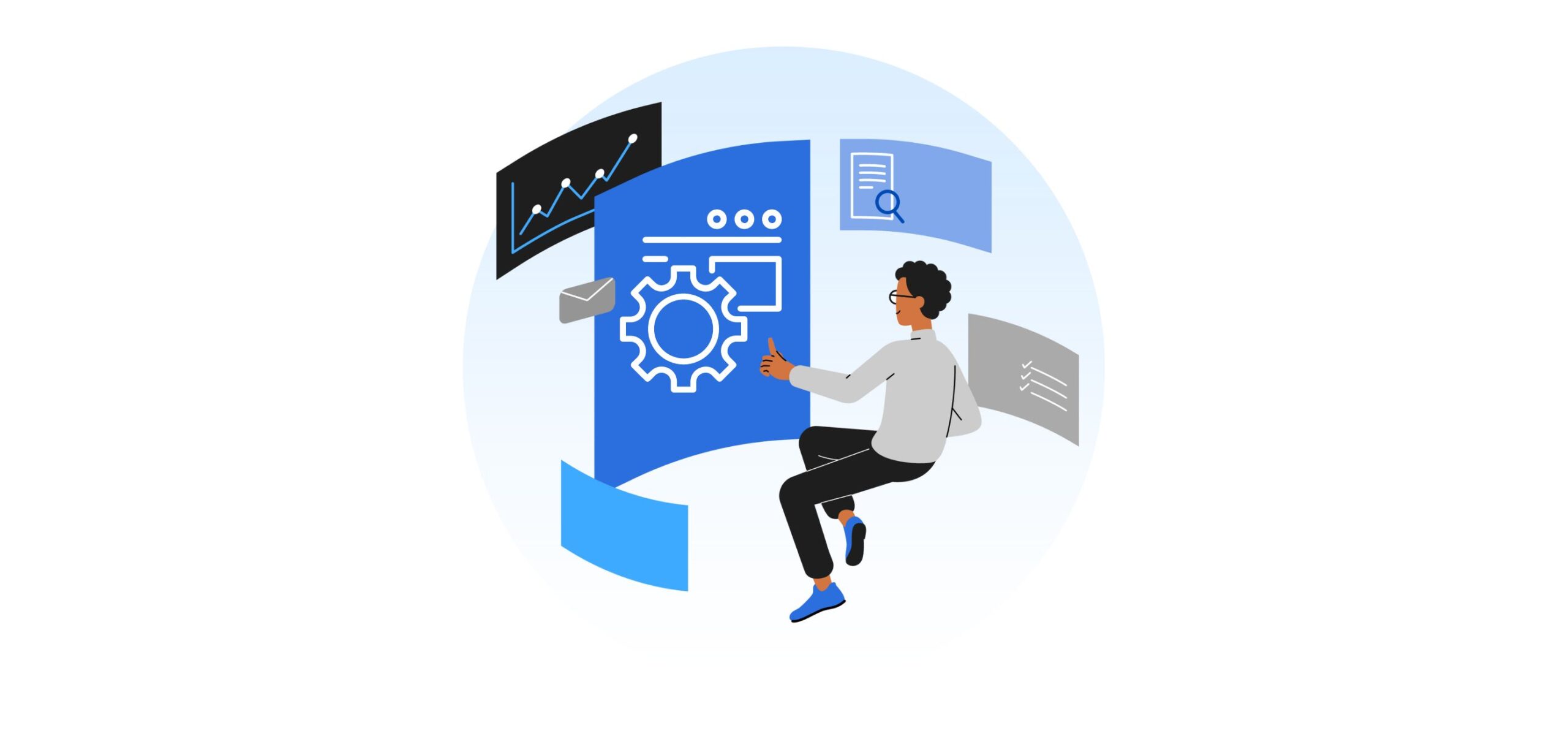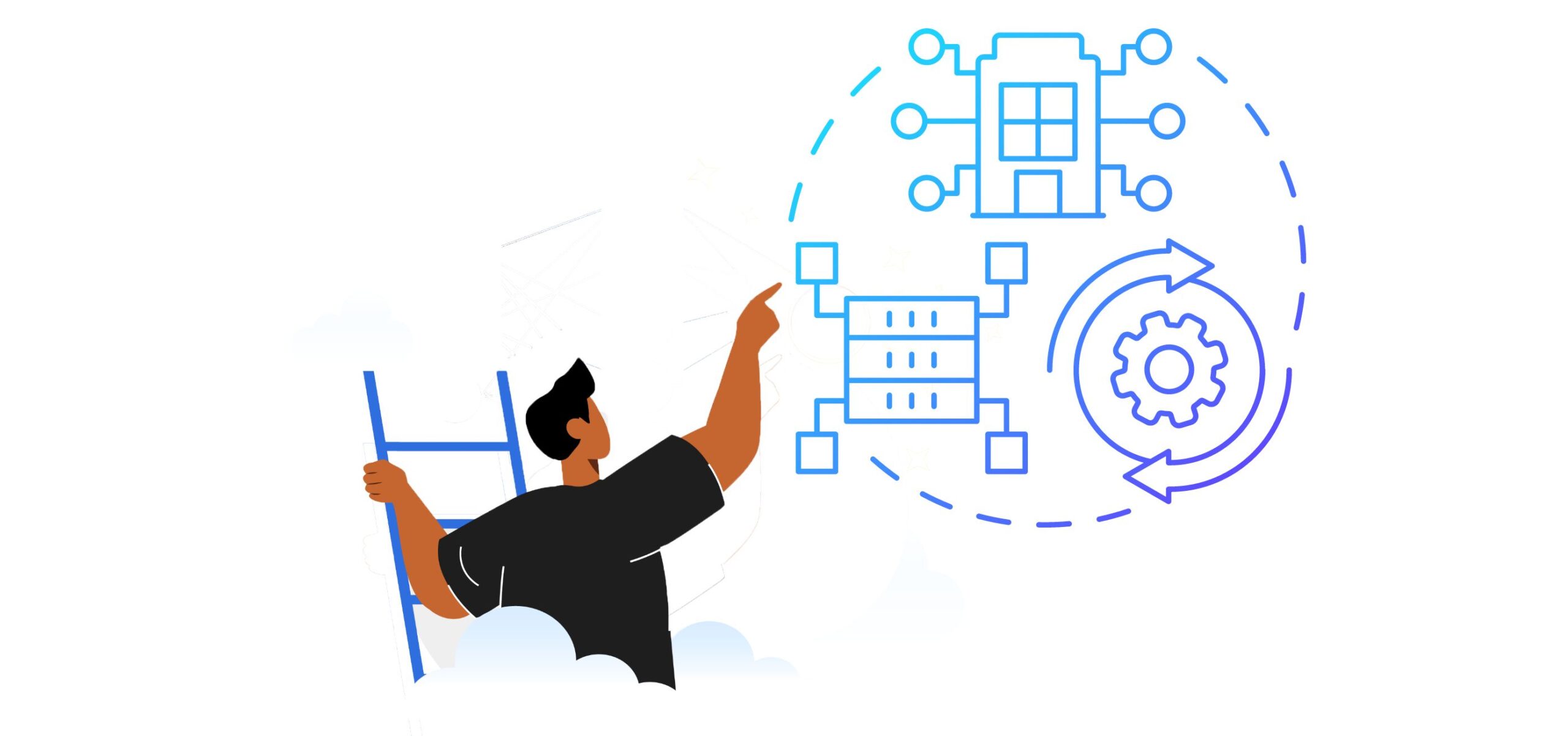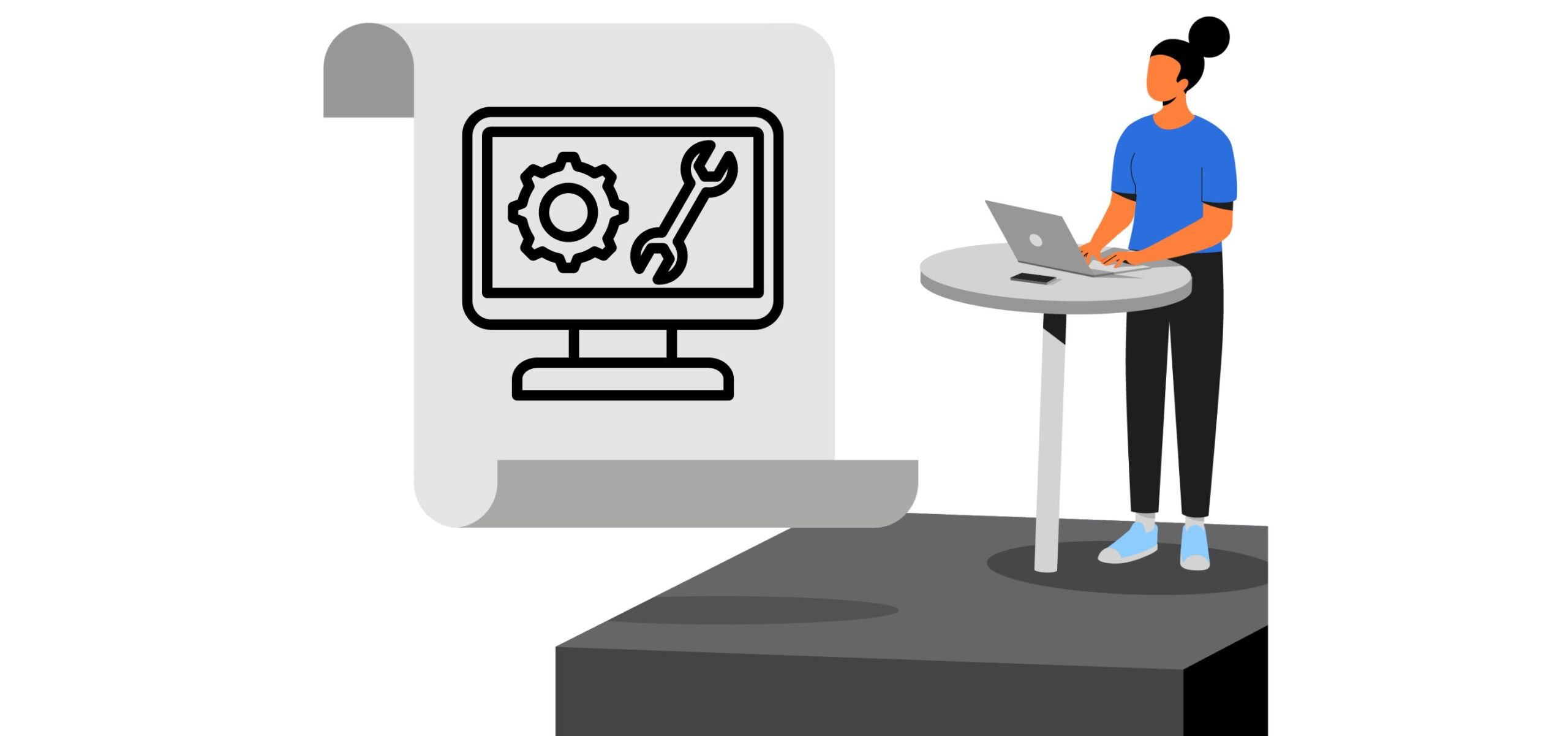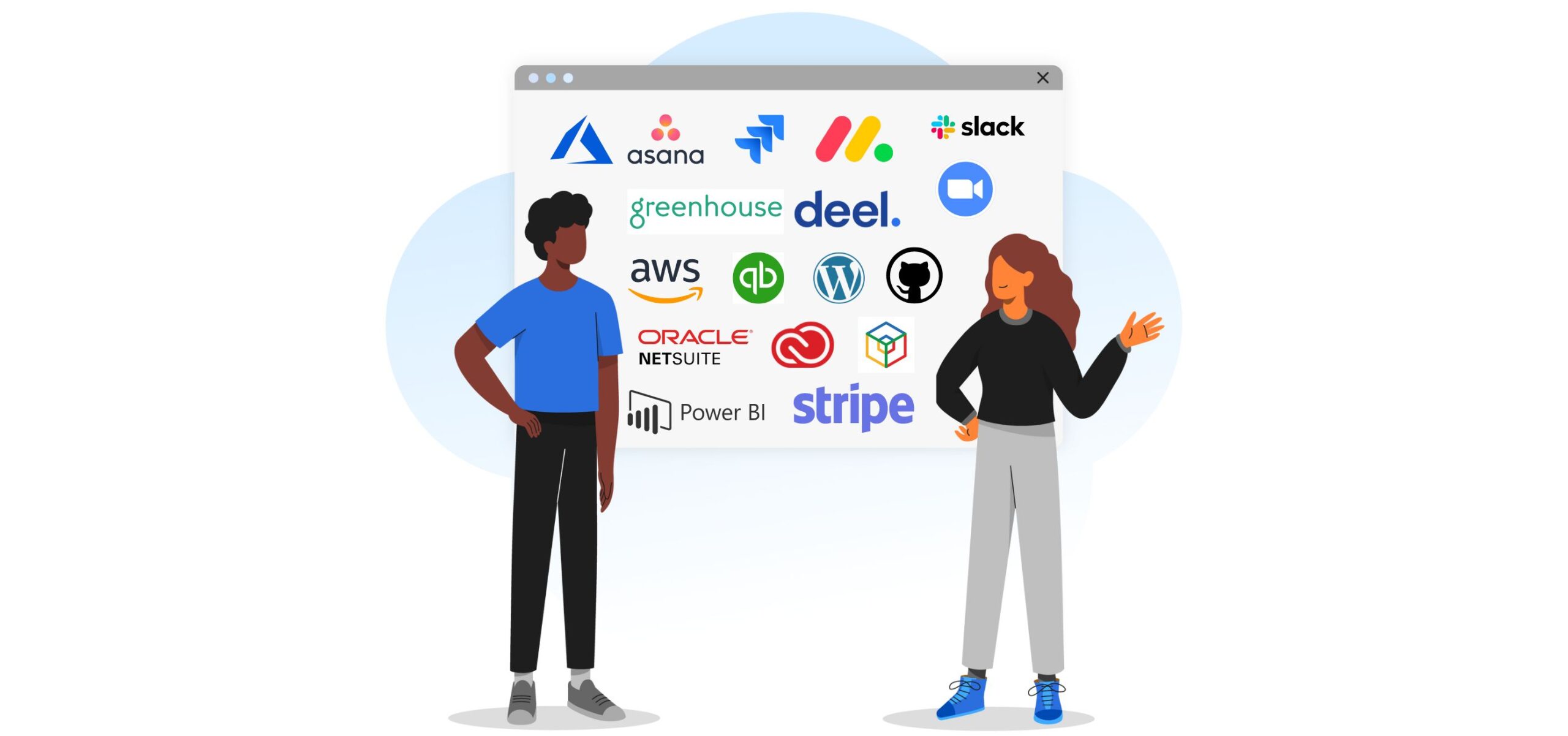Maximizing Business Value through Application Portfolio Rationalization
In today’s fast-paced, technology-driven world, companies rely heavily on various applications to perform their daily operations. However, maintaining a large number of applications can be challenging and expensive, forcing companies to focus on maximizing their value proposition while minimizing costs. One way to achieve this is through application portfolio rationalization (APR), a process that focuses on assessing the existing portfolio of applications and strategizing how to best leverage the footprint of applications.
What is Application Portfolio Rationalization?

What is Application Portfolio Rationalization
Application portfolio rationalization is the process of assessing an organization’s existing application portfolio and identifying redundant or outdated applications. This process helps identify applications that can be consolidated, retired, or replaced with more efficient solutions. The main goal of application portfolio rationalization is to optimize the application portfolio, leading to reduced costs and improved operational efficiency. In order to conduct a successful portfolio rationalization, you need good application engineering services.
Benefits of Application Portfolio Rationalization

Benefits of Application Portfolio Rationalization
Application portfolio rationalization is more than just a buzzword—it’s a powerful strategy that can help organizations streamline their IT and significantly boost productivity. By combining cost optimization and performance enhancement, this strategy unlocks a world of opportunities for businesses to thrive.
Cost Optimization: Unleashing Financial Freedom
The magic of application portfolio rationalization truly begins when organizations grasp its potential for cost optimization. As the digital landscape expands and becomes more sophisticated, maintaining sprawling applications often becomes a financial drain. Instead of letting these redundant or antiquated applications sap your resources, application portfolio rationalization empowers your team to strategically purge unwarranted expenses.
By taking the axe to unnecessary applications, organizations can realize significant savings on maintenance and support costs. This fiscal freedom then allows more effective resource allocation, ultimately cutting down bloated IT expenditures and opening up new possibilities for growth and innovation.
Revolutionary Performance Improvements: Elevating Your IT Ecosystem
Another game-changing benefit of application portfolio rationalization is its ability to supercharge application performance. As technology evolves, managing an exceedingly complex web of applications becomes a daunting mission, often resulting in performance hiccups like sluggish response times or system crashes.
However, with an expertly rationalized application portfolio, your organization will be equipped to uncover and tackle underperforming applications at their roots. By zeroing in on the performance bottlenecks and implementing the right solutions, application portfolio rationalization translates into a faster, more efficient IT ecosystem that propels productivity to new heights.
In short, application portfolio rationalization redefines the way organizations optimize their IT—simultaneously streamlining costs and upping performance. Don’t let your organization be shackled by excessive applications; unlock the full potential of your IT with this transformative strategy.
Potential Pitfalls of Application Portfolio Rationalization

Potential Pitfalls of Application Portfolio Rationalization
Application portfolio rationalization comes with a plethora of advantages, but it’s not without its share of challenges. Smart organizations will be ready to face these potential pitfalls head-on, ensuring that they reap only the rewards of a streamlined IT landscape.
Safeguarding Interconnected Business Processes
While reaping the benefits of application portfolio rationalization, organizations must tread cautiously to avoid disrupting critical business processes. Behind the curtain, applications often rely on each other to seamlessly perform an array of essential functions. Eliminating an application without thorough planning or testing can wreak havoc on vital processes and lead to costly downtime and missed revenue opportunities.
To circumnavigate this pitfall, organizations must establish a well-defined process for evaluating and rationalizing applications, effectively minimizing the risk of disruption and safeguarding interdependent operations.
Assessing Application Value: When Every Decision Counts
Another hurdle in application portfolio rationalization is the challenge of valuing each application’s contribution to the business. While some applications may be fundamental to a particular function, their true worth might not be immediately obvious. This creates a conundrum as organizations try to decide whether to retain, replace, or remove these applications.
The solution? A comprehensive analysis of each application’s value to the organization. With actionable data in hand, organizations can confidently make well-informed decisions that positively impact their IT infrastructure and bottom line.
That said, although application portfolio rationalization comes with its fair share of obstacles, a forward-thinking organization with the right strategies in place doesn’t need to break a sweat. Arm your team with proper planning and assessment tools to overcome these challenges and harness the full potential of rationalized IT.
How Application Portfolio Rationalization Maximizes Business Value
Despite these potential pitfalls, application portfolio rationalization can help organizations maximize business value. One way this is achieved is by improving alignment between IT and business objectives. Often, IT departments are tasked with maintaining and supporting applications, while the business has its own set of objectives. Application portfolio rationalization provides a framework for aligning IT and business objectives to ensure that the application portfolio supports the organization’s overall goals.
Another way that application portfolio rationalization can help maximize business value is through better visibility into application usage and performance. By analyzing application usage and performance metrics, organizations can gain a better understanding of how their applications are being used and identify areas for improvement. This can lead to more informed decision-making when it comes to rationalizing the application portfolio.
Conclusion
In summary, application portfolio rationalization is a process that can help organizations maximize business value by optimizing their application portfolio. It can lead to cost savings, improved application performance, better alignment between IT and business objectives, and better visibility into application usage and performance. However, be aware of the potential pitfalls, such as the risk of disrupting critical business processes and the difficulty of identifying the value of each application. With careful planning and execution, application portfolio rationalization can help organizations achieve their business goals and stay competitive in today’s ever-changing business landscape.
Tell us the skills you need and we'll find the best developer for you in days, not weeks.













